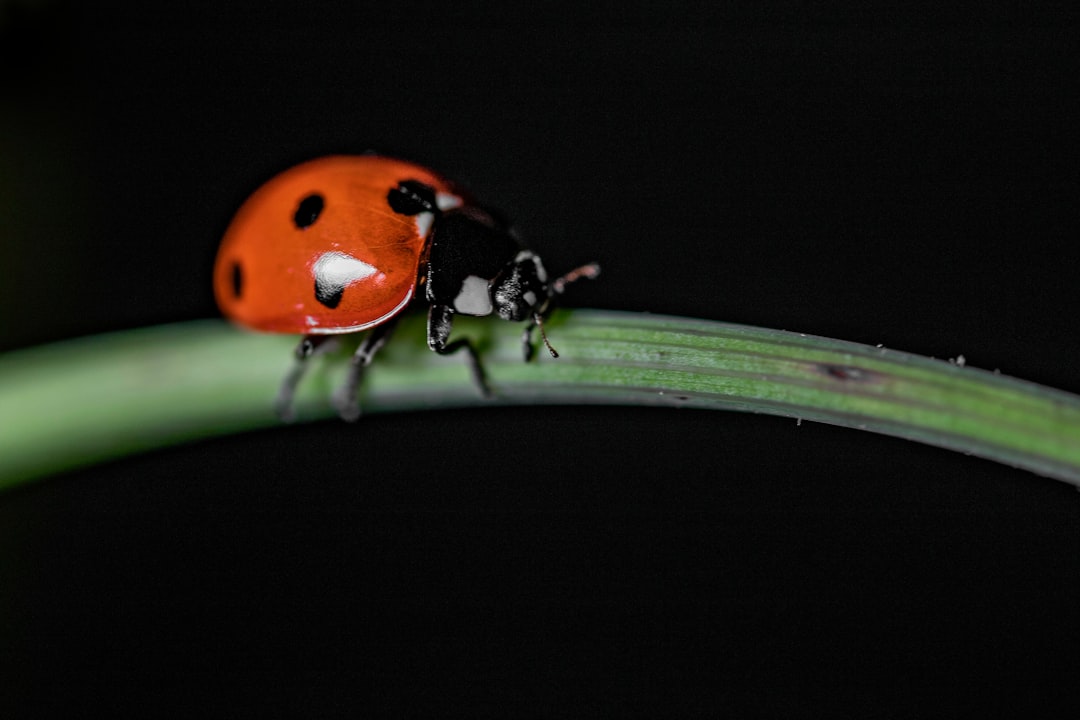The Secret to Thriving Collard Greens in Your Garden

Edible gardening is a rewarding endeavor, and one of the most satisfying vegetables to grow is collard greens. These classic Southern vegetables are not only delicious but also thrive in cool weather, making them an excellent choice for many gardeners. In this guide, we'll explore the ins and outs of growing collard greens successfully.
### Choosing the Right Variety
There are several varieties of collard greens available, each with its own unique characteristics. Some popular varieties include Georgia Southern, Vates, and Morris Heading. Georgia Southern is a large, productive variety that is well - suited for the South. Vates is more compact and cold - hardy, making it a great option for northern gardens. Morris Heading forms a loose head, similar to a cabbage, and has a mild flavor. Consider your climate and personal preferences when selecting a variety.
### Preparing the Soil
Collard greens prefer well - drained, fertile soil with a pH between 6.0 and 7.5. Start by testing your soil to determine its nutrient content and pH level. If your soil is too acidic, you can add lime to raise the pH. Work in plenty of organic matter, such as compost or well - rotted manure, to improve soil structure and fertility. This will provide the collard greens with the nutrients they need to grow strong and healthy.
### Planting
Collard greens can be started from seeds or transplants. If starting from seeds, sow them directly in the garden about 1/4 to 1/2 inch deep, spacing them 12 to 18 inches apart in rows that are 24 to 36 inches apart. You can also start seeds indoors 4 to 6 weeks before the last frost date and transplant them outside once the seedlings are about 4 to 6 inches tall. When transplanting, be careful not to damage the roots. Water the seedlings well after transplanting to help them establish.
### Watering and Fertilizing
Collard greens need consistent moisture to grow properly. Water them deeply once or twice a week, depending on the weather conditions. Avoid over - watering, as this can lead to root rot. Mulching around the plants can help retain moisture and suppress weeds. Fertilize the collard greens every 3 to 4 weeks with a balanced fertilizer, such as a 10 - 10 - 10 formula. Follow the instructions on the fertilizer package for the correct application rate.
### Pest and Disease Control
Like all plants, collard greens are susceptible to pests and diseases. Common pests include aphids, cabbage worms, and flea beetles. You can control aphids by spraying the plants with a strong stream of water or using insecticidal soap. Cabbage worms can be hand - picked off the plants or controlled with Bacillus thuringiensis (Bt), a natural insecticide. Flea beetles can be deterred by using floating row covers. Diseases such as black rot and downy mildew can be prevented by practicing good garden hygiene, such as removing infected plant debris and providing adequate air circulation.
### Harvesting
Collard greens can be harvested when the leaves are young and tender, or you can wait until they are fully mature. To harvest, simply cut the outer leaves from the plant, leaving the inner leaves to continue growing. You can harvest the leaves as needed throughout the growing season. Collard greens are best eaten fresh, but they can also be stored in the refrigerator for a few days or frozen for later use.
In conclusion, growing collard greens is a relatively easy and rewarding experience. By following these steps, you can enjoy a bountiful harvest of this delicious and nutritious vegetable. Whether you're a seasoned gardener or a beginner, collard greens are a great addition to any edible garden.